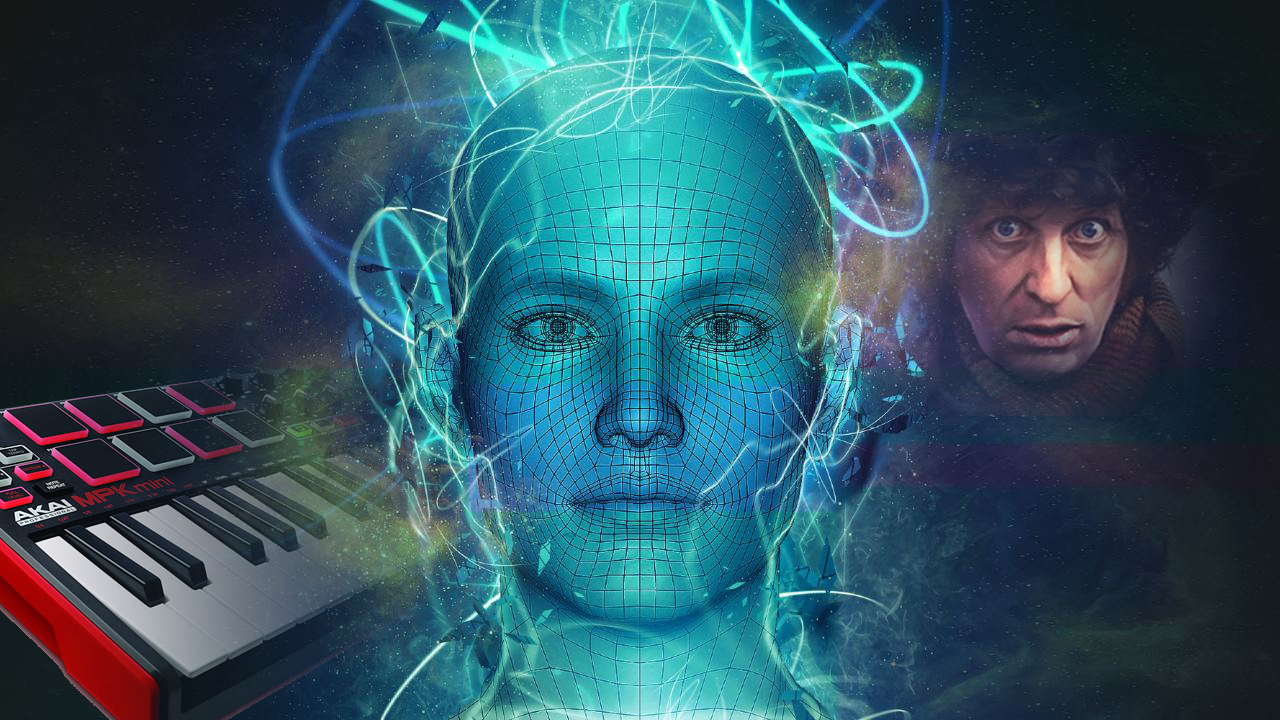By Keith Walsh
Informed by classic sci-fi programs as well as by the periodic table of the elements, Sick Robot’s new album Modular Science features catchy, often danceable instrumental synthpop created using only a few pieces of gear.
Sick Robot is the work of Liam White, who creates his sounds using the synths in Ableton Live, an Akai controller, and a Behringer TB-303, a clone of the famous Roland Bassline from the early 1980s.
White tells me: “(Ableton Live) has been my DAW of choice for a while now. No VSTs have been used whatsoever. I’ve actually used Ableton’s own Delay function (vintage preset) and rhythmic space function. The distortion is FX. I would have loved to use an actual Modular synth for the production. It’s my homage to the whole synth community and the old Open University programs.”
Growing up in England, White found inspiration in British science documentaries, as well as science fiction and distance learning programs on public television. The synthetic sounds of Sick Robot are pleasant and warm, influenced not only by soundtracks, but also 80s pop and EDM.
I’ve had an interest in all things analogue for as long as I can remember,” White writes. “Piecing together Modular Science was done by experimenting with new techniques and layering tracks. The names come from the Periodic table. This is paying homage to the likes of Tomorrow’s World, Doctor Who and the old Open University programs on British TV.”
Much of the appeal of Modular Science is found in the drum beats, which are created by White using the sequencer in Ableton, sourced from his large collection of drum samples. The sounds themselves seem to be deliberately inoffensive; when distortion is used it is to add warmth, and a majority of the tunes are in major keys. I find that Modular Science creates a pleasant tranquility and would be ideal for public spaces such as hotel lobbies, restaurants, airports and malls, where there’s a desire to create a futuristic ambience.
finis
